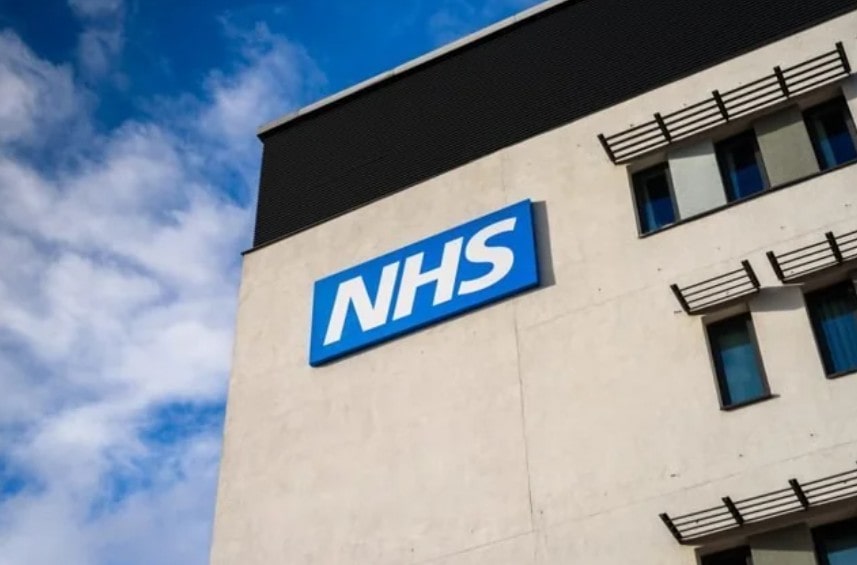NHS League Tables 2025 Are Out – What’s Your Hospital’s Score?
The NHS has eventually published its league tables for 2025, giving the public a chance to see exactly how their original sanitarium is performing compared to others across England.
The results are live online and are sparking exchanges about healthcare norms and inequalities.
What’s Being Ranked?
These new tables cover a wide range of services and give a quarterly snapshot of hospital performance. The categories include:
- 134 acute hospital trusts
- 61 mental health and community trusts
- 10 ambulance services
The rankings are based on several crucial factors, like:
- Waiting times
- Emergency response speed
- Patient care and safety standards
The top-ranking trust
Some trusts are leading the way, consistently offering outstanding services. Among them:
- Moorfields Eye Hospital, London
- Royal National Orthopaedic Hospital, London
- The Christie Cancer Hospital, Manchester
These trusts stand out for their expert care, shorter wait times, and patient satisfaction.
Struggling Trusts
Still, not all hospitals are keeping up. Several are facing serious challenges, including detainments and under-resourced services. At the bottom of the table
- The Queen Elizabeth Hospital, King’s Lynn
- Countess of Chester Hospital, North West
- University Hospitals Coventry and Warwickshire
Many cancer patients experience uneven treatment, highlighting a postcode lottery of care that can leave people waiting for critical procedures trapped in delays that vary widely across the country.
What NHS Leaders Are Saying?
Sir Jim Mackey, Chief Executive of NHS England, recognised the hard work being done but also highlighted ongoing issues: “NHS staff are flat out to deliver the highest standard of care” but there’s still “too much unwarranted local variation in performance.”
He explained the purpose of the data: “Letting patients and the public access more data will help to drive improvement even faster by supporting them to identify where they should demand even better from their NHS and by putting more power in their hands to make informed decisions on their choice of provider.”
It’s also a tool for NHS boards: “The data also supports local NHS Trust Boards and leadership teams to more easily identify the highest performing services in the NHS and adapt how they deliver care to drive improvement even faster going forward.”
Incentives and Penalties
The new system isn’t just about pointing fingers, it’s about offering solutions. Here’s how it works:
Top trusts will be given more control over budgets and allowed to reinvest savings into new equipment and facilities.
Underperforming trusts face stricter oversight, potential leadership changes, and even salary deductions for managers if improvements aren’t made.
Experienced NHS leaders may be offered financial incentives to help turn struggling trusts around.
Aiming to End the Postcode Lottery
Health Secretary Wes Streeting stressed the importance of transparency: “We must be honest about the state of the NHS to fix it.
Patients and taxpayers have to know how their local NHS services are doing compared to the rest of the country.”
He added: “These league tables will identify where urgent support is needed and allow high-performing areas to share best practices with others, taking the best of the NHS to the rest of the NHS.”
The government is backing this initiative with both investment and reform: “We’re combining the extra £26 billion investment each year with tough reforms to get value for money, with every pound helping to cut waiting times for patients.”
For cases, caregivers, and families, this move offers further clarity and control over healthcare choices.
You can now see which hospitals are performing well and where critical changes are demanded.
For healthcare providers, it’s a reality check and an occasion to learn, acclimate, and ameliorate.
The tables are more than numbers—they are a reflection of the care we all depend on.






